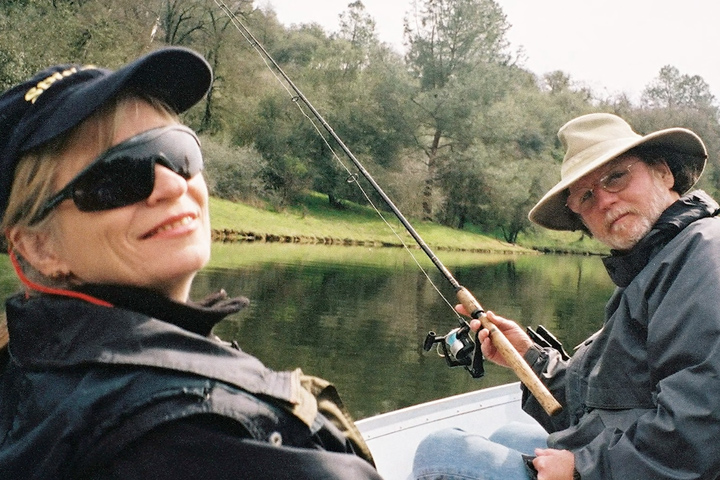Finding Qualified Doctors Made All the Difference

- Switched from unqualified doctor to pancreatic cancer experts
- A first attempt at a Whipple is unsuccessful
- Innovative chemotherapy leads to tumor shrinkage
- Second attempt at a Whipple is successful
When I was diagnosed with pancreatic cancer in 2000, I had a 5 percent chance of living three years.
I became jaundiced out of nowhere, so I went to the doctor. It took the group of gastroenterologists weeks of testing to make a diagnosis of pancreatic cancer. I thought the mortality rate was 100 percent and this was a death sentence. The doctors had little to say about what to do next.
I was referred to an unqualified surgeon, who spoke vaguely about surgical options and perhaps chemotherapy. I scheduled surgery, but my wife Barbara decided to see if there were better medical resources. She spoke to a friend who had liver cancer and had been doing well. That friend was being treated at UCLA, so we went there too.
Changing Doctors Makes a Difference
At that time there were very few internet resources for pancreatic cancer. But we found Dr. Howard Reber, a surgeon at UCLA (now retired). He introduced us to Dr. William Isacoff, a hematologist and oncologist. The two doctors were using an innovative protocol, and their confidence told me that there was a possibility for me. It is important to say here how profound meeting these doctors was, in that after many weeks of despair we could finally feel hope.
The first thing they did was put a stent in my common bile duct, which was blocked by a tumor. I immediately felt better. Within a few weeks I was strong enough for surgery, so a Whipple procedure was scheduled. But once the surgery was started the doctors found that they were unable to do the Whipple because of the location of the tumor and the amount of inflammation in the area—Dr. Reber couldn’t tell if the tumor was around the portal vein. My surgery was considered exploratory instead.
When I recovered from surgery I began chemotherapy, with low doses of 5-FU, leucovorin, dipyridamole, and mitomycin. I had a port-a-cath inserted in my chest to deliver chemotherapy directly into my superior vena cava. For six months, I wore a pump that sent the chemotherapy directly into my veins, bathing the tumor 24 hours a day, in four-week cycles for six months.
During that time I imagined the chemotherapy attacking the tumor and could “feel” myself healing. I maintained a positive upbeat attitude and convinced everyone that if any could beat this disease it would be me.
A Positive Attitude Helps Recovery
When my chemotherapy ended, the tumor had shrunk. In six months the malignancy had gone from inoperable locally advanced stage III pancreatic cancer to visually undetectable. This time I was able to have the Whipple surgery.
After five weeks in the hospital and a year or so of recovery I have led a rather normal life—a life that I can truly say has been renewed by this experience. Surviving has made me stronger. I work less. I just want to enjoy my time here with family and friends. If you have a disease like pancreatic cancer, it is important to find qualified doctors. A group of people sharing your diagnosis can be your best allies for support and information.
Lee is a long-term survivor and he shares his story in the video “There Is Hope for Everyone.“






